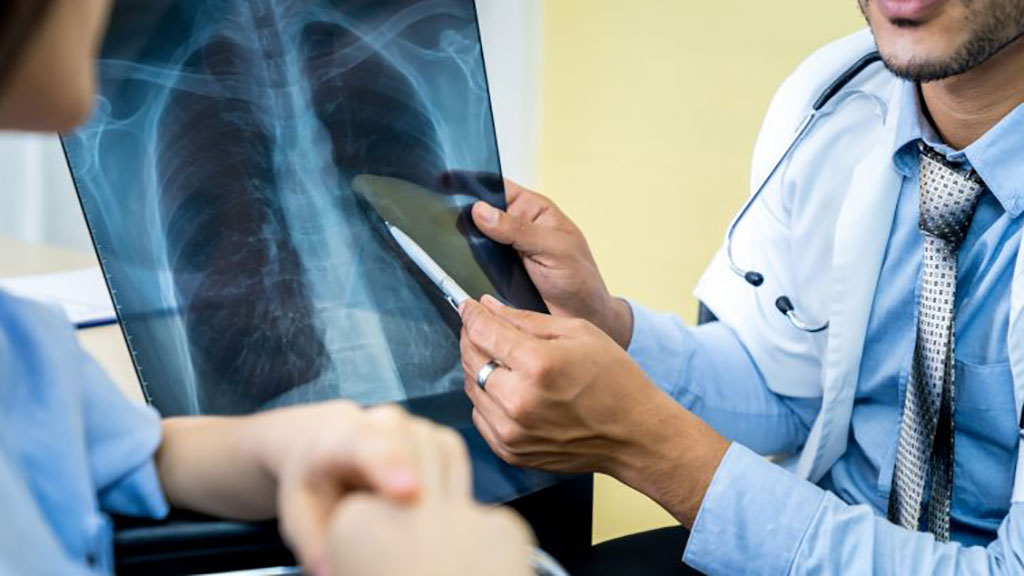Cutting-Edge Hyperpolarized Xenon MRI Scanning Technique Can Detect Previously Unseen Lung Damage in COVID-19 Patients
By MedImaging International staff writers
Posted on 04 Dec 2020
Early findings from a study into longer-term effects of COVID-19 suggest the use of cutting-edge scanning techniques may detect previously unseen lung damage.Posted on 04 Dec 2020
Research by the University of Sheffield (Sheffield UK), in collaboration with the University of Oxford (Oxford, UK), is the first in Europe to use hyperpolarized xenon gas with MRI scanning to identify the impact on lung function as patients recover from COVID-19, when standard MR and CT scans may be normal.

Illustration
In some people, the symptoms of COVID-19 can continue for many months after the infection, which may adversely affect their quality of life, for example many people complain of persistent breathlessness and fatigue. The researchers are investigating possible reasons for patients remaining short of breath following treatment for COVID-19 pneumonia, even after they have been discharged from hospital. They are working with an initial group of 40 patients in Sheffield and Oxford over the next six months. So far, the hyperpolarized xenon MRI technique has identified weakened lung function in all patients who have taken part in the study - this damage to lungs from COVID-19 is not visible on a standard MRI or CT scan.
Hyperpolarized xenon MRI is unique in its ability to measure gas transfer in the lungs with imaging and identify where the damage caused by COVID-19 pneumonia has occurred. Early data suggests that the ability to transfer oxygen from the lungs into the bloodstream when breathing is visibly impaired for some time, even after hospital discharge following COVID-19 pneumonia. This reduction in the function of the lungs detected in the study may be an explanation for some patients experiencing persistent symptoms even with seemingly ‘normal’ results from standard GP and hospital tests. The striking early results have resulted in discussions to expand the study to involve more patients in the community, to identify the overall prevalence of lung damage and the speed of recovery from the virus.
“Hyperpolarized xenon MRI offers a unique means of imaging impairment to oxygen uptake in the lungs caused by COVID-19 infection and its after effects,” said Professor Jim Wild, Head of Imaging and NIHR Research Professor of Magnetic Resonance Physics at the University of Sheffield. “In other fibrotic lung diseases we have shown the methods to be very sensitive to this impairment and we hope the work can help understand COVID-19 lung disease.”
“We may be getting an insight into why some patients have symptoms long after they have left hospital, and when other tests are normal,” said Professor Fergus Gleeson, Consultant Radiologist at Oxford University Hospitals NHS Foundation Trust and the University of Oxford’s Head of Academic Radiology. “This may help us identify patients that may potentially benefit from treatment even after discharge, for example with steroids or other therapies.”
Related Links:
The University of Sheffield
University of Oxford














